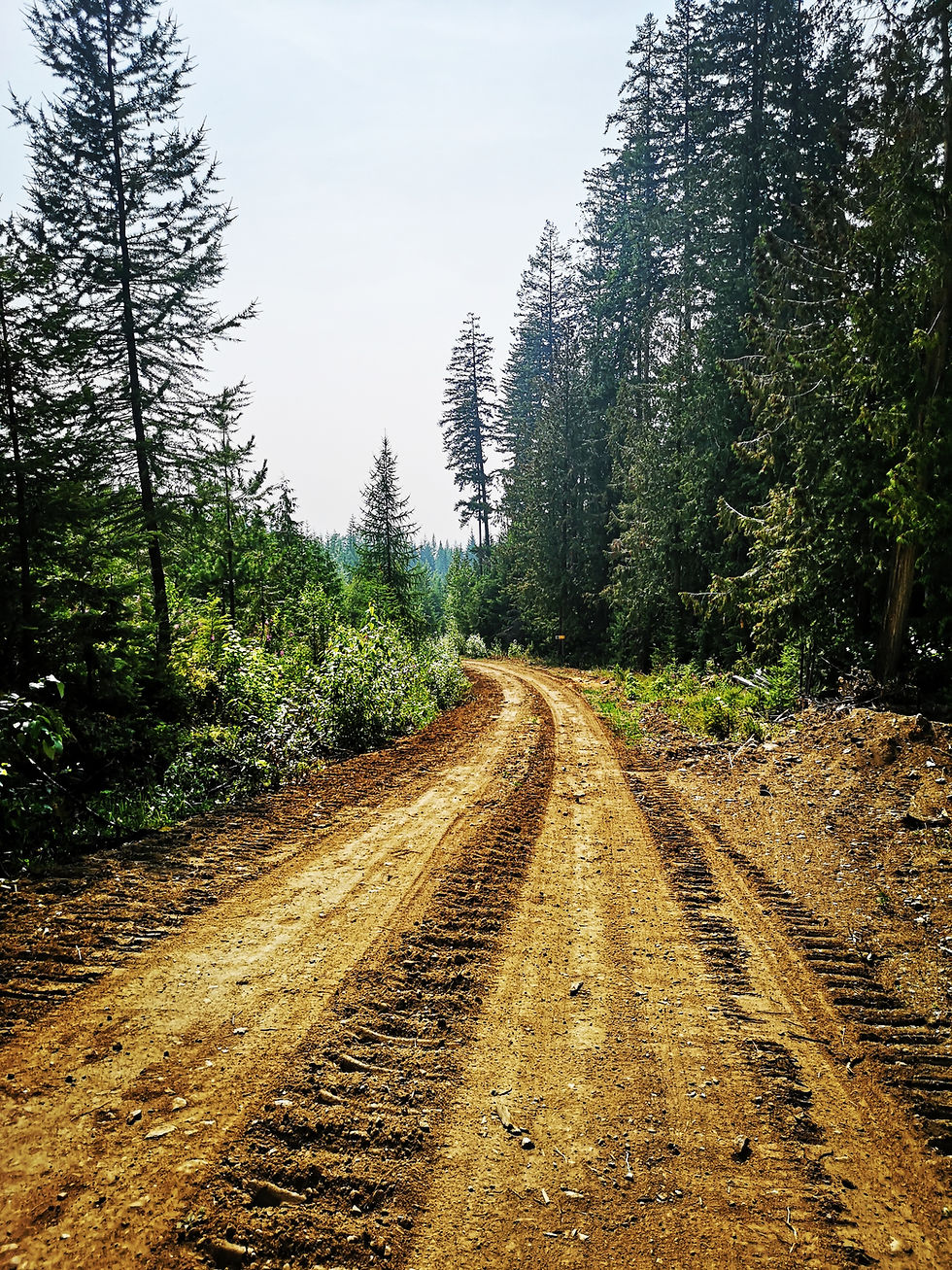Assisted migration
- zachariasmelanie
- Oct 2, 2023
- 3 min read

The global warming is leading to an increase in forest fires, mass infestations of insects in the forest, and higher tree mortality due to drought, as outlined by the Intergovernmental Panel on Climate Change (IPCC) in its sixth assessment report of 2022.
Climate change is occurring more rapidly than long-lived organisms like trees can adapt. It can take multiple generations, spanning decades to centuries, for trees to evolve and adapt to new environmental conditions. Unfortunately, time is not on their side in the face of climate change. However, there is the option of migration, also known as dispersal. Of course, trees can't truly 'migrate,' but the process of their spread, driven by seed dispersal, is referred to as migration. In this process, they move to areas where the tree species can find suitable climate conditions. Yet, we encounter the problem that tree species would need to migrate faster than they are capable of in order to keep up with their optimal climate conditions.
Faced with these challenges, the question naturally arises: which tree species should we plant today that can withstand future weather conditions? One proposed solution for climate change adaptation is 'Assisted migration,' where trees are intentionally relocated by humans to regions they would not have reached naturally, but which align with their climate adaptation.

In this process, we look at regions that have experienced or are expected to have the climate we are currently experiencing or anticipate in the future in Germany, even though they have had this climate for decades. These regions include Southern Europe, parts of North America, or Asia, for example. For instance, the Douglas fir (Pseudotsuga menziesii) from North America exhibits greater drought tolerance than our native spruce. However, it's not feasible to simply bring every drought-tolerant species to Germany. Some species may be highly drought-tolerant but not frost-hardy, while others require specific soil conditions to thrive.

Assisted migration can involve not only different tree species but also populations of trees of the same species. For example, you can plant trees of a species that naturally occurs in dry regions in areas that will experience similar drought stress in the future. Alternatively, you can expand the existing range of a species.

Indeed, there are experiments where various tree species, which are not native to the region, are planted in a test area to monitor their survival and growth rates. However, this is an intervention in the ecosystem, and the consequences are not entirely predictable. We don't know precisely how the local flora and fauna will react to these new species. Could the introduced tree species be susceptible to a fungus or insect it hasn't encountered before? Or might the introduced trees carry diseases that could become a problem for native species? Another issue is invasive species—introduced species that thrive in their new habitat to the point of displacing native species and spreading uncontrollably. It's difficult to predict how a species will behave outside its natural range and how the new species will fit into the existing ecosystem. The risks increase with greater distance from the species' original range. Additionally, there are the costs associated with introducing and planting new tree species, which need to be considered.
Indeed, it's a fact that some tree species in our forests will struggle to cope with human-induced climate change, and we must explore alternatives if we want to continue enjoying lush green forests in the future.




Comments